Compare your DNA to 168 Ancient Civilizations
FIND THE HISTORY OF YOU
So, you've got your DNA results? To discover who you really are, you need to know where you come from. We can take your DNA results one step further through the use of advanced archaeogenetics
How It Works
Uncovering your ancient ancestry is simple with our three-step process.
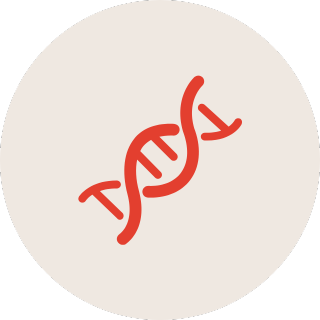
Take a DNA Test
Get tested with one of the major DNA testing companies (e.g. AncestryDNA, MyHeritage, FamilyTreeDNA, DanteLabs etc.).

Download Your Raw Data
Download your raw DNA data file from your testing provider's website. We support all major formats.

Upload & Explore
Upload your DNA file to our secure platform and receive your detailed ancestry analysis within minutes.
DIG DEEP
Into Your Ancient History
Your DNA, fully visualized
Explore your roots with exclusive dynamic graphs, interactive maps, and ancestral timelines designed to bring your ancient past to life.

Why Choose MyTrueAncestry
Discover what sets our ancient DNA analysis apart from traditional ancestry services.

100% Anonymous Insights
All retained data is fully anonymized, ensuring your privacy is completely protected.
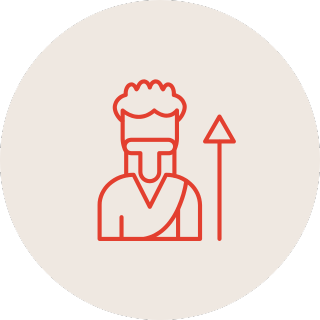
Powered by Real Ancient DNA
The only service powered by real ancient DNA samples from all over the world and advanced archaeogenetics technologies.

Try For Free
Our basic analysis is 100% free for you to try with no payment method required.
BROWSE OUR DNA SPOTLIGHTS
High Ranking Birka Shield-maiden
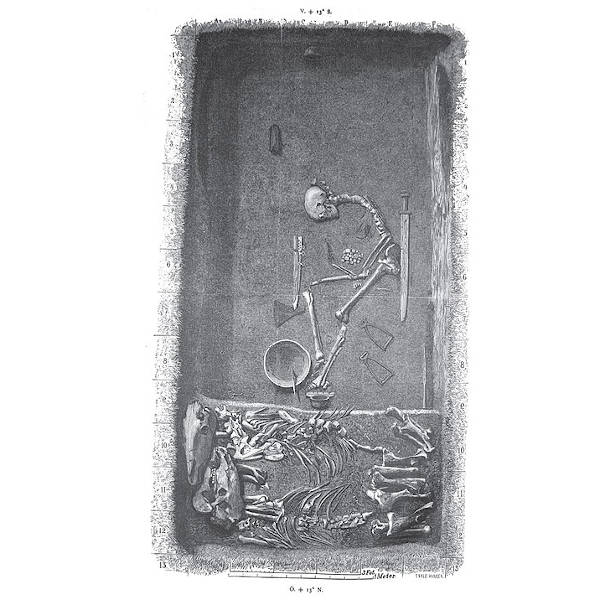
The Birka female Viking warrior was a woman buried in the 10th century in
Birka, Sweden and discovered in the 1870s. The grave was assumed to be a battle
hardened man for 128 years until DNA analysis proved she was actually a
high-ranking professional warrior. Shield-maidens are female warriors that take
on male roles including wielding weapons and are depicted in many period
figures, tapestries and brooches as well as mentioned by the famous Danish
historian of the time, Saxo Grammaticus.
The grave chamber was made of wood and approximately 3.45m long and 1.75m
wide. The body was in a sitting position and found earing garments of silk and
silver. The grave contained a sword, an axe, a spear, armor-piercing arrows, a
battle knife, two shields, two horses, one mare and one stallion. The grave also
contained a game set with a board and pieces. This is considered evidence of her
strategic thinking and indicating she was an officer who could lead troops into
battle.
Read more here
French King Louis XVI Mystery
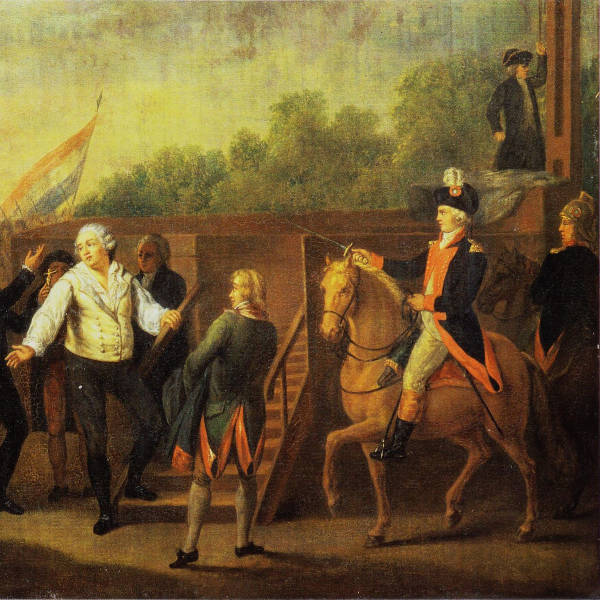
French revolutionists condemned King Louis XVI to death on 21. January 1793
by means of the guillotine at the Place de la Revolution in Paris (roughly where
the Obelisk decorating the Place de la Concorde stands today). After a short but
defiant speech he lost his head as the crowd rushed to the scaffold to dip
hankerchiefs into his blood as momentos. An ornate gourd decorated with French
Revolution themes was recently uncovered which had contained a blood soaked
hankerchief dating to this time. The gourd was allegedly a gift to Napoleon
Bonaparte who became First Consul of France in 1799 and Emperor in 1804. An
anonymous Italian family was in its posession since possibly the late 1800s and
came forward with the relic. It bears an inscription that Maximilien Bourdaloue
on 21. January dipped his hankerchief in the blood of the king. Dried blood was
scraped out and this is the same DNA we present in this DNA spotlight! The
sample contains unsually high and rare markers for the Y-DNA haplogroup G2a.
Louis XVI's direct male line ancestor Henri IV was famous for enacting the
Edict of Nantes which guaranteed religious liberties to Protestants ending 30
years of fighting between French Protestants and Catholics - he was assassinated
in 1610 by a French Catholic zealot. The remains had been presumed lost in the
chaos of the French Revolution after a mob of revolutionaries desecrated the
graves of French kings in the royal chapel of Saint-Denis in Paris in 1793.
However, the head was passed down over the centuries by secretive private
collectors and positively identifed in 2010 with a radiocarbon date between 1450
and 1650. The features were consistent with the king's face including a dark
mushroom-like lesion near the right nostrial, a healed facial stab wound and a
pierced right earlobe. The hair color and moustache and beard on the mummified
head fit the appearance of the king at the time of his death as well as matched
his portraits. Furthermore cutting wounds were visible corresponding to the
separation of the head from the body in 1793 and digital facial reconstruction
of the skull matched the plaster mould of his face made just after his death in
1610. The DNA was then tested and compared to the blood from the gourd.
Read more here
Mummies from the Middle, Late and Ptolemaic Kingdoms
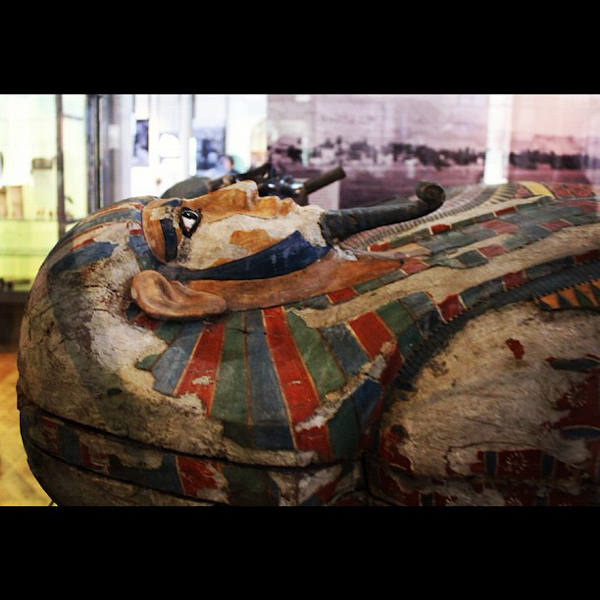
In 1907, two mummies were discovered in Deir Rifeh Egypt in a tomb
belonging to a governor and his sons from the 12th Dynasty (almost 4000 years
ago). The tomb group is one of the best preserved and best known burials of the
Egyptian Middle Kingdom. Although the mummies were heavily decayed, the
skeletons were still preserved. Khnum-Nakht was about 40 years old and
Nakht-Ankh about 60.
The two mummies were found to be brothers with the same mother but
different fathers. This is confirmed by identical mtDNA and the detected
differences in the Y chromosomes. Both suffered from osteoarthtritis and dental
attrition. Khnum-Nakht had kyphoscoliosis and Nakht-Ankh had lung lesions from
sand pneumoconiosis.
Read more here

Join Our Community
Our Community blog is your hub for the latest discoveries in ancient DNA, archaeology, and lost civilizations.
Stay curious, stay connected.
Stay curious, stay connected.

Contact Us:
EMAIL
INFO@MYTRUEANCESTRY.COM
MAILING ADDRESS
MyTrueAncestry AG
Seestrasse 112
8806 Bäch
Switzerland



